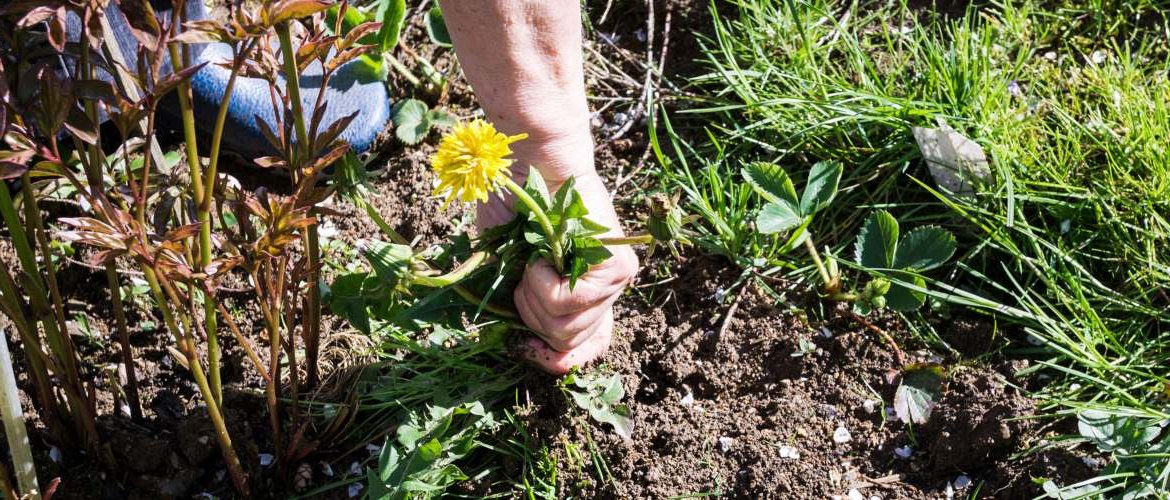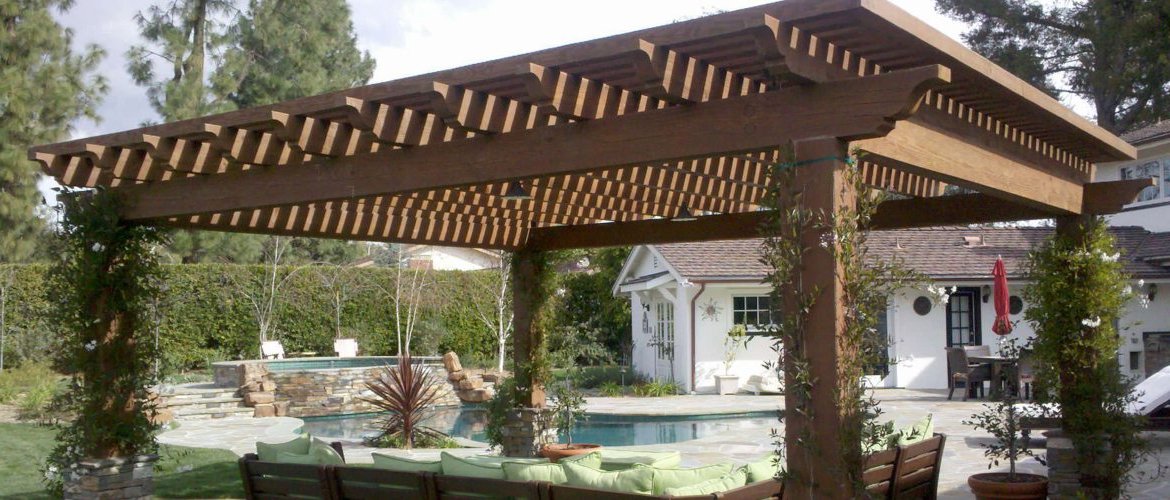Geotextiles, the secret of a well-kept garden
With the arrival of the good weather, making patios, gardens and terraces a priority. However, ensuring their perfect condition throughout the year implies including in their design resources capable of contributing to proper maintenance. Have you heard of geotextiles? Maybe its name doesn't tell you anything, but the truth is that it is a resource with endless applications, not only in gardening, but also in construction, civil engineering, coatings...

You may not be familiar with their name, but geotextiles are one of the most interesting complements to keep your garden looking its best without succumbing to weeds.
In essence, it is a material made from synthetic fibers, usually polyester or polypropylene, which, like other textiles, can be folded, cut or rolled. Its very nature makes it a perfect choice as an element of reinforcement, separation, drainage or protection both to keep the garden in perfect condition and to ensure the stability of the ground in many other projects of various kinds.

Depending on the use you are going to give it will be more interesting to opt for one or another type of this material. In fact, these meshes can be classified according to different criteria. If we talk about the manufacturing method, we must distinguish between woven and non-woven geotextiles. In the case of the presentation of the raw material, there is a difference between those of short fibers and those of continuous filaments, although there are also differences depending on the polymer used.

But beyond their classification, if there is something that defines the attractiveness of geotextiles, it is their particular characteristics. Although each variety has its own particularities, they all share certain common features. To begin with, they have an interesting filtering capacity. They also have a high permeability that makes them a very interesting draining element.
However, they are resistant to phenomena such as tearing or perforations. So much so that they have a high capacity for ground reinforcement. In addition, they have a very long service life. During this time, they maintain their properties practically intact. And as if all that were not enough, they do not deform easily.

From preventing the proliferation of weeds to filtering water in a garden pond, there are many practical applications for geotextiles in outdoor care.
How to transfer all these benefits to your garden? The practical applications of this type of fabrics are very varied, although one of the most popular is their ability to prevent weeds. Their opacity does not allow light to pass through and, consequently, they are key to reducing this wild vegetation to a minimum in your garden.

Another practical garden application of this type of netting has to do with roots. Placed in the correct position, they are able to avoid and prevent horizontal root invasion by redirecting roots downwards.
They can even be great allies if you are thinking of building a pond in the garden. A lining with geotextiles will not only provide a very interesting protection, but will also allow water filtration and guarantee the separation between elements.

Beyond the use you give to geotextiles in your orchard or garden, you should also know that their installation is another of their attractions. Although expert advice is never superfluous, the truth is that their installation is really simple.
To begin, clean and smooth the area to be covered, making sure that the ground is as clean and free of stones and roots as possible. Using a box cutter, cut the different pieces and fix them to the ground with staples. Ideally, you should fix them at a distance of no more than two or three meters.

If you intend for the area in question to be dotted with plants, trees or the like, take note. You must make the holes in the exact location where you are going to plant them. A simple cross-shaped cut will be enough to leave space for the specimens without having to worry about the appearance of weeds. Of course, don't forget to give them the usual care: watering, fertilizing...
To make the scenery even more attractive you can add some type of covering over the mesh in question. Stones or gravel are a common but not the only option. You can also opt for other charming alternatives such as pine bark or artificial grass. There's no accounting for taste!






